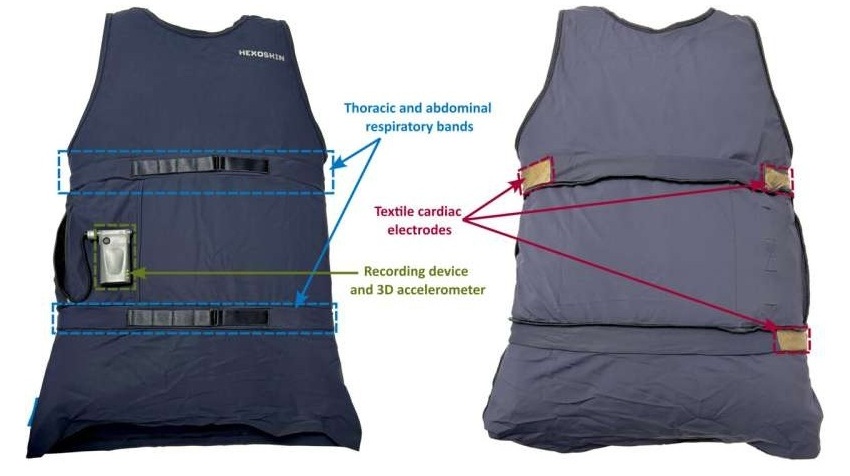New Superalloy Metal Advances Medical Implants
|
By HospiMedica International staff writers Posted on 09 Apr 2019 |
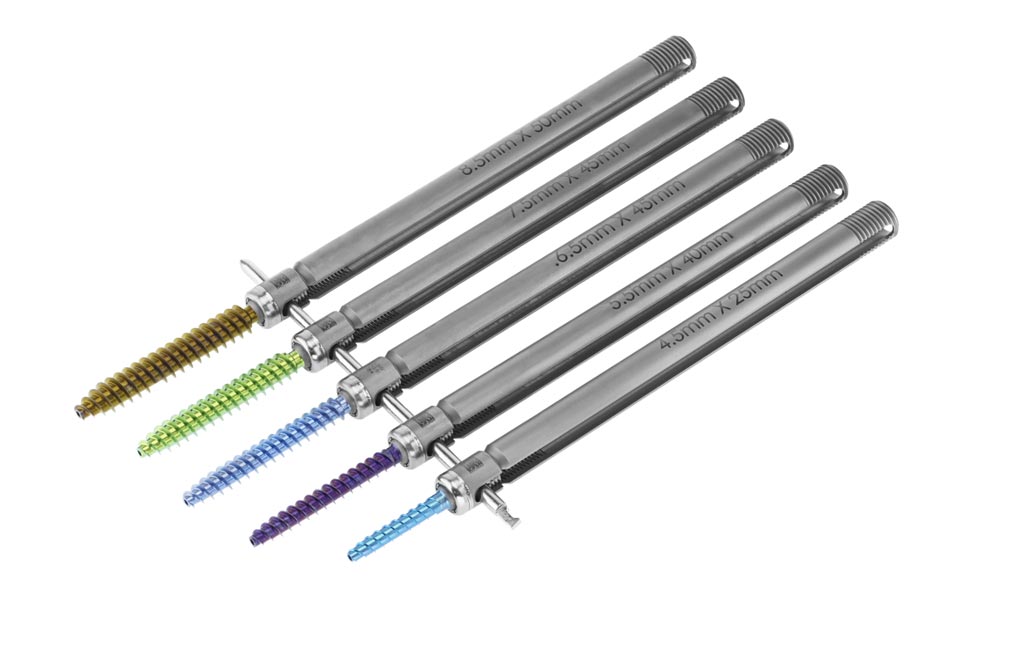
Image: The Europa pedicle screw system comes in five sizes (Photo courtesy of MiRus).
A proprietary superalloy provides a combination of strength, ductility, durability, and biological safety that is unmatched by current implant materials.
The new superalloy, MoRe, was developed by MiRus (Marrieta, GA, USA), is a highly pure alloy containing only two elements: Molybdenum (Mo; 52.5%) and Rhenium (Re; 47.5%). MoRe has an extremely high density (13.52 gm/cm3) and modulus of elasticity (365 GPa), compared to titanium-base, cobalt-base, or stainless steel implant materials. In addition, the superalloy has a lower magnetic susceptibility than commercially pure titanium, which translates into a reduced amount of magnetic resonance imaging (MRI) artifacts.
The high strength of MoRe allows designers to significantly reduce implant dimensions, so that they are thinner and less prominent. The higher ductility results in more tolerance to deformation and reduced crack formation, increasing implant life. In addition, MoRe is highly biocompatible and osteoconductive, reducing allergic reactions and biofilm formation. The first product made out of MoRe is the proprietary Europa Pedicle Screw System, and MiRus is rapidly expanding into other orthopedic applications such as foot and ankle and cardiovascular applications for the material.
“Our patented MoRe superalloy is the culmination of over ten years of research and development. Our scientists and engineers working with world class metallurgists have created the greatest advance in medical implant material technology in at least four decades” said Jay Yadav MD, founder and CEO of MiRus. “The MoRe superalloy will revolutionize many aspects of the medical device industry as the first alloy approved by the FDA for use in an implant which is not based on titanium, cobalt, or iron, with their inherent limitations.”
Pedicle screws provide a means of gripping a spinal segment, acting as firm anchor points that can then be connected with a rod. The screws are placed at two or three consecutive spine segments and then a short rod is used to connect the screws; this construct prevents motion at the segments that are being fused. After the bone graft grows, the screws and rods are no longer needed for stability and may be safely removed with a subsequent back surgery. However, most surgeons do not recommend removal unless the pedicle screws cause discomfort for the patient.
Related Links:
MiRus
The new superalloy, MoRe, was developed by MiRus (Marrieta, GA, USA), is a highly pure alloy containing only two elements: Molybdenum (Mo; 52.5%) and Rhenium (Re; 47.5%). MoRe has an extremely high density (13.52 gm/cm3) and modulus of elasticity (365 GPa), compared to titanium-base, cobalt-base, or stainless steel implant materials. In addition, the superalloy has a lower magnetic susceptibility than commercially pure titanium, which translates into a reduced amount of magnetic resonance imaging (MRI) artifacts.
The high strength of MoRe allows designers to significantly reduce implant dimensions, so that they are thinner and less prominent. The higher ductility results in more tolerance to deformation and reduced crack formation, increasing implant life. In addition, MoRe is highly biocompatible and osteoconductive, reducing allergic reactions and biofilm formation. The first product made out of MoRe is the proprietary Europa Pedicle Screw System, and MiRus is rapidly expanding into other orthopedic applications such as foot and ankle and cardiovascular applications for the material.
“Our patented MoRe superalloy is the culmination of over ten years of research and development. Our scientists and engineers working with world class metallurgists have created the greatest advance in medical implant material technology in at least four decades” said Jay Yadav MD, founder and CEO of MiRus. “The MoRe superalloy will revolutionize many aspects of the medical device industry as the first alloy approved by the FDA for use in an implant which is not based on titanium, cobalt, or iron, with their inherent limitations.”
Pedicle screws provide a means of gripping a spinal segment, acting as firm anchor points that can then be connected with a rod. The screws are placed at two or three consecutive spine segments and then a short rod is used to connect the screws; this construct prevents motion at the segments that are being fused. After the bone graft grows, the screws and rods are no longer needed for stability and may be safely removed with a subsequent back surgery. However, most surgeons do not recommend removal unless the pedicle screws cause discomfort for the patient.
Related Links:
MiRus
Latest Surgical Techniques News
- New Study Findings Could Halve Number of Stent Procedures
- Breakthrough Surgical Device Redefines Hip Arthroscopy
- Automated System Enables Real-Time "Molecular Pathology" During Cancer Surgery
- Groundbreaking Procedure Combines New Treatments for Liver Tumors
- Ablation Reduces Stroke Risk Associated with Atrial Fibrillation
- Optical Tracking Method Identifies Target Areas in Robot-Assisted Neurosurgery
- General Anesthesia Improves Post-Surgery Outcomes for Acute Stroke Patients
- Drug-Coated Balloons Can Replace Stents Even in Larger Coronary Arteries
- Magnetic Kidney Stone Retrieval Device Outperforms Ureteroscopic Laser Lithotripsy
- Absorbable Skull Device Could Replace Traditional Metal Implants Used After Brain Surgery
- Magic Silicone Liquid Powered Robots Perform MIS in Narrow Cavities
- 'Lab-on-a-Scalpel' Provides Real-Time Surgical Insights for POC Diagnostics in OR
- Biodegradable Brain Implant Prevents Glioblastoma Recurrence
- Tiny 3D Printer Reconstructs Tissues During Vocal Cord Surgery
- Minimally Invasive Procedure for Aortic Valve Disease Has Similar Outcomes as Surgery
- Safer Hip Implant Design Prevents Early Femoral Fractures
Channels
Critical Care
view channel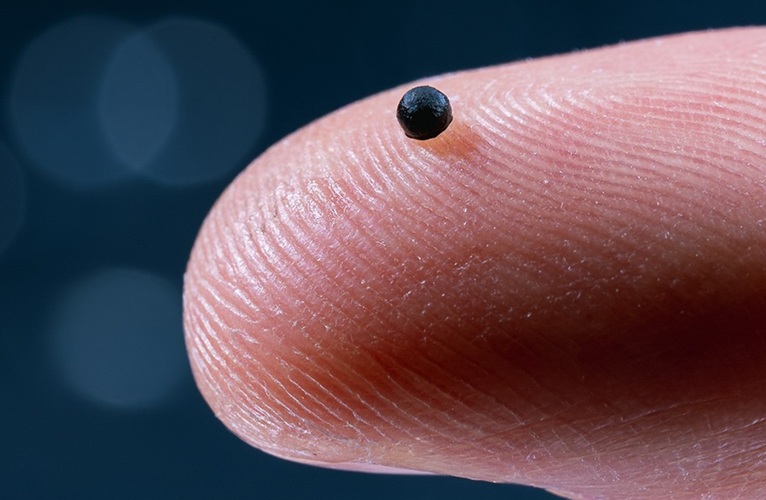
Magnetically Guided Microrobots to Enable Targeted Drug Delivery
Stroke affects 12 million people globally each year, often causing death or lasting disability. Current treatment relies on systemic administration of clot-dissolving drugs, which circulate throughout... Read more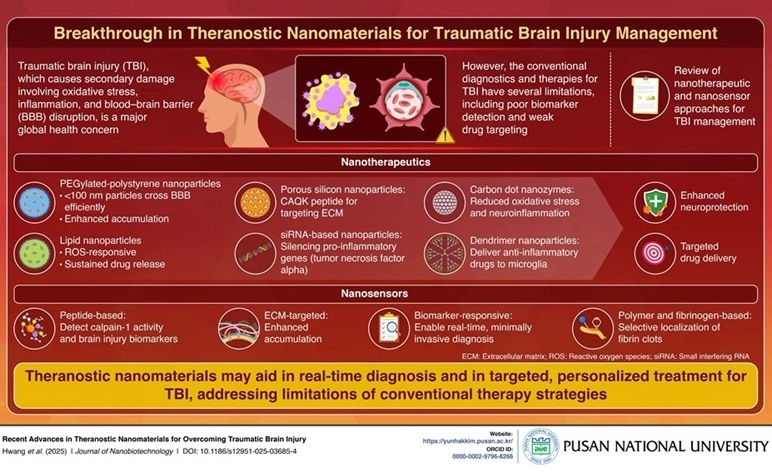
Smart Nanomaterials Detect and Treat Traumatic Brain Injuries Simultaneously
Traumatic brain injury (TBI) continues to leave millions with long-term disabilities every year. After a sudden impact from a fall, collision, or accident, the brain undergoes inflammation, oxidative stress,... Read more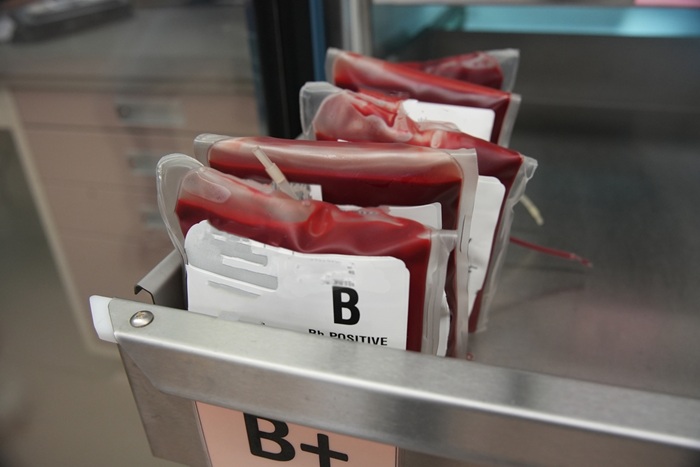
Earlier Blood Transfusion Could Reduce Heart Failure and Arrhythmia in Heart Disease Patients
Blood loss during or after surgery can place significant stress on people with heart disease, increasing the risk of dangerous complications. Transfusions are often delayed until hemoglobin levels fall... Read morePatient Care
view channel
Revolutionary Automatic IV-Line Flushing Device to Enhance Infusion Care
More than 80% of in-hospital patients receive intravenous (IV) therapy. Every dose of IV medicine delivered in a small volume (<250 mL) infusion bag should be followed by subsequent flushing to ensure... Read more
VR Training Tool Combats Contamination of Portable Medical Equipment
Healthcare-associated infections (HAIs) impact one in every 31 patients, cause nearly 100,000 deaths each year, and cost USD 28.4 billion in direct medical expenses. Notably, up to 75% of these infections... Read more
Portable Biosensor Platform to Reduce Hospital-Acquired Infections
Approximately 4 million patients in the European Union acquire healthcare-associated infections (HAIs) or nosocomial infections each year, with around 37,000 deaths directly resulting from these infections,... Read moreFirst-Of-Its-Kind Portable Germicidal Light Technology Disinfects High-Touch Clinical Surfaces in Seconds
Reducing healthcare-acquired infections (HAIs) remains a pressing issue within global healthcare systems. In the United States alone, 1.7 million patients contract HAIs annually, leading to approximately... Read moreHealth IT
view channel
Printable Molecule-Selective Nanoparticles Enable Mass Production of Wearable Biosensors
The future of medicine is likely to focus on the personalization of healthcare—understanding exactly what an individual requires and delivering the appropriate combination of nutrients, metabolites, and... Read moreBusiness
view channel
Philips and Masimo Partner to Advance Patient Monitoring Measurement Technologies
Royal Philips (Amsterdam, Netherlands) and Masimo (Irvine, California, USA) have renewed their multi-year strategic collaboration, combining Philips’ expertise in patient monitoring with Masimo’s noninvasive... Read more
B. Braun Acquires Digital Microsurgery Company True Digital Surgery
The high-end microsurgery market in neurosurgery, spine, and ENT is undergoing a significant transformation. Traditional analog microscopes are giving way to digital exoscopes, which provide improved visualization,... Read more
CMEF 2025 to Promote Holistic and High-Quality Development of Medical and Health Industry
The 92nd China International Medical Equipment Fair (CMEF 2025) Autumn Exhibition is scheduled to be held from September 26 to 29 at the China Import and Export Fair Complex (Canton Fair Complex) in Guangzhou.... Read more












